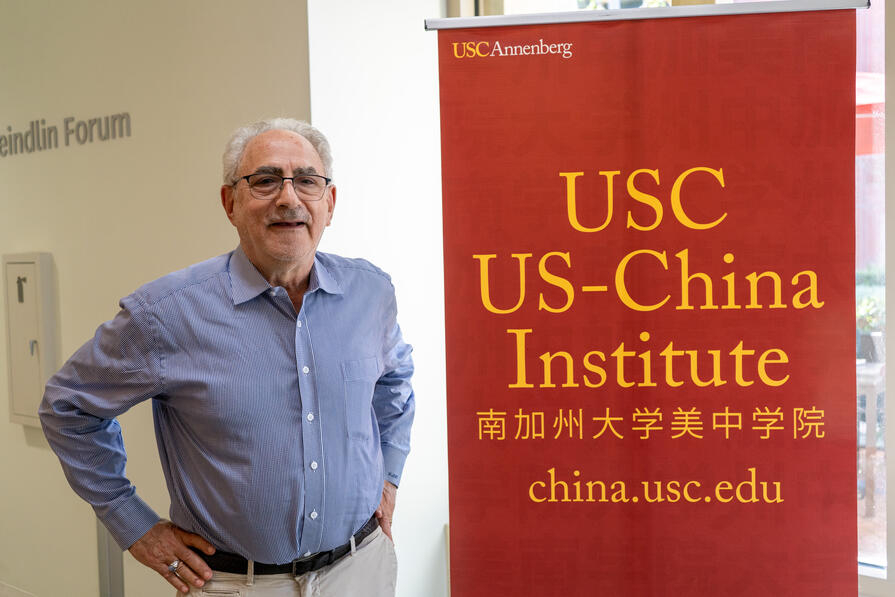Subscribe to our weekly newsletter to get them delivered straight to your inbox!
FDI restrictiveness is an index measured by the Organisation for Economic Co-operation and Development (OECD) that gauges how open—or closed—a country's foreign direct investment rules are from 0 (open) to 1 (closed). While China has become twice as open to FDI since 2014, barriers still remain in markets like media, where it's fully closed. While the U.S. is much more open than China, it's still less open than the OECD average.






